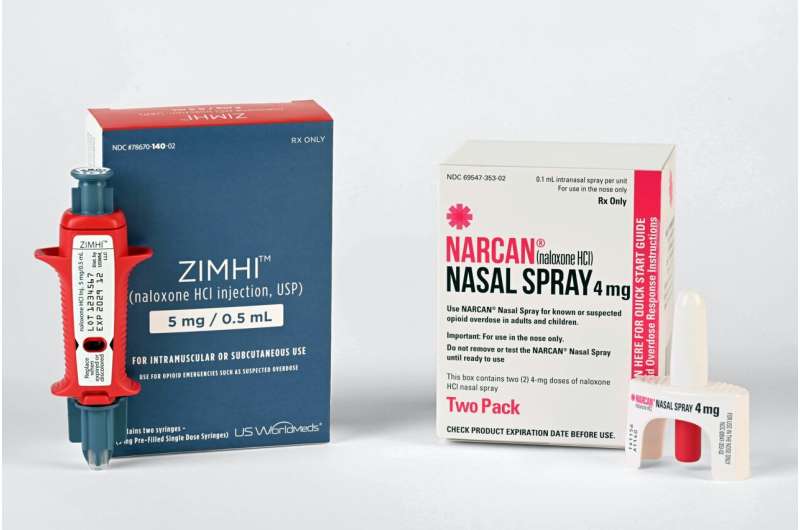Seizure Action Plans: Essential Tools for Managing and Educating in Epilepsy Care

Seizure action plans are vital tools in the management and education of individuals with epilepsy, providing clear guidance during seizure episodes. Traditionally, these plans targeted high-risk groups, such as those with drug-resistant epilepsy, frequent seizure clusters, or history of status epilepticus. However, leading experts like neurology nurse practitioner Lucretia Long emphasize that all individuals living with epilepsy should have a personalized seizure action plan.
A seizure action plan is designed to offer tailored information for patients and caregivers about their treatment protocols and the specific steps to take in the event of a seizure. Such plans are particularly beneficial for parents, relatives, schoolteachers, coworkers, and friends who frequently interact with the person with epilepsy. They serve as an educational tool, helping others recognize triggers, administer first aid correctly—such as turning the person onto their side and avoiding putting objects in their mouth—and minimize injury.
In pediatric epilepsy care, especially in high-income countries, seizure action plans are often part of routine management, sometimes mandated by schools. While organizations like the US Epilepsy Foundation have provided sample plans, there is no universally agreed-upon format or content, nor standardized frequency for review and updates.
Research indicates that seizure action plans may not significantly reduce healthcare utilization, such as emergency visits or hospitalizations, but they do increase caregiver confidence and knowledge about epilepsy management. A 2019 clinical trial found that families with seizure action plans felt more empowered and were better prepared to recognize emergencies, particularly if their child had fewer seizures.
Beyond health outcomes, seizure plans are invaluable educational resources. They teach patients and families about common triggers and seizure first aid, fostering safer and more confident management. Studies, such as one conducted by Kerri Neville and colleagues, show that implementing seizure plans within electronic medical records can substantially improve understanding—patients can better identify seizure types and emergency situations.
For adults, implementing seizure action plans has shown to improve knowledge and communication among healthcare providers. However, barriers such as limited time often hinder their universal use. Simplified, standardized templates embedded within electronic health records can facilitate quicker creation and updates, promoting routine use.
Seizure action plans are modeled after chronic disease management strategies used in conditions like diabetes and asthma. At Boston Children's Hospital, every child with diabetes receives an action plan, which is regularly updated and shared across caregivers. Extending this approach to epilepsy could similarly improve safety and empowerment.
The primary challenge remains the lack of standardized training and policy frameworks for creating and implementing seizure action plans. Advocates argue that funding agencies and insurance providers should recognize the preventive benefits of these tools, ultimately reducing emergency care and hospital stays. As stated by expert Tobias Loddenkemper, a proactive seizure plan is akin to a household fire drill—preparing families for unexpected emergencies and promoting adherence to medication regimens.
In sum, seizure action plans are crucial for enhancing safety, education, and management of epilepsy across all age groups. Efforts to standardize, disseminate, and integrate these plans into routine care could significantly improve outcomes and patient empowerment.
Stay Updated with Mia's Feed
Get the latest health & wellness insights delivered straight to your inbox.
Related Articles
E-cigarette Warning Labels Effectively Reduce Vaping Interest and Promote Quitting Intentions, Meta-Analysis Finds
A meta-analysis reveals that health-focused warning labels on e-cigarettes effectively decrease vaping interest and encourage quitting, emphasizing the need for comprehensive warning policies to improve public health.
Decline in Over-the-Counter Naloxone Sales After Initial Increase
Initial increases in over-the-counter naloxone sales following its 2023 availability were short-lived, with sales declining rapidly and remaining low, impacting efforts to combat the opioid crisis.
New Study Finds Aspirin Treatment Ineffective for Chronic Rhinosinusitis with Nasal Polyps
A recent clinical trial reveals that aspirin therapy offers no significant benefit for patients with chronic rhinosinusitis with nasal polyps, especially those hypersensitive to NSAIDs, emphasizing the need for alternative treatment approaches.



